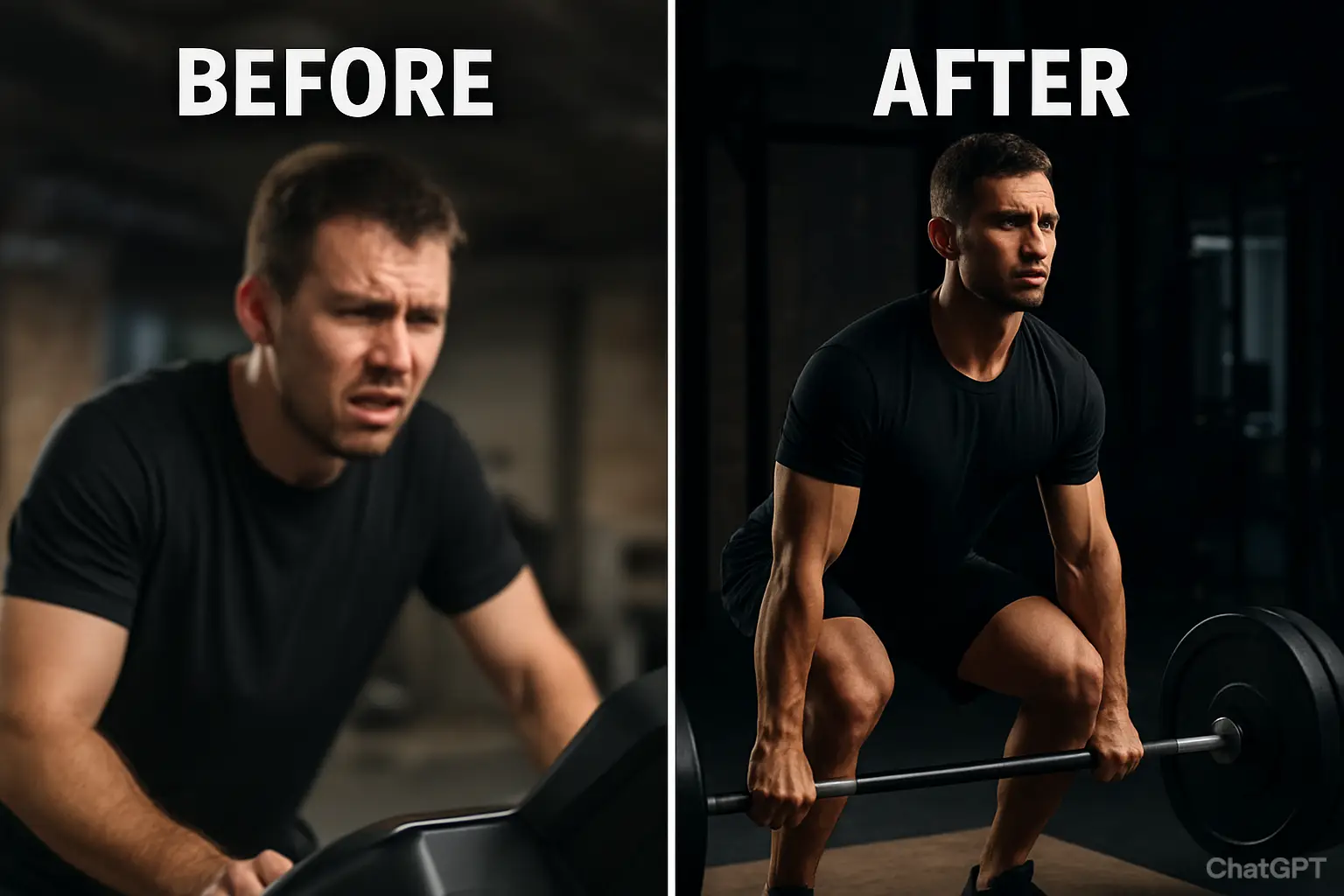
I’ll never forget the feeling of staring into the gym mirror after six months of relentless effort. My clothes fit the same. The scale hadn’t budged. I was putting in the time, drenched in sweat five days a week, but I was completely stagnant. I was on the verge of quitting, convinced I was genetically doomed. It wasn’t until I swallowed my pride and asked a seasoned coach for help that I realized my effort was misplaced. I wasn’t training smart; I was just spinning my wheels. Learning these five fundamental truths was the key that unlocked my entire fitness journey.
The Illusion of Activity Over Progress
My biggest mistake was believing that sweat and fatigue were direct indicators of progress. I would spend hours on the treadmill and bounce between random machines until I was exhausted. This “more is better” approach only led to burnout and overtraining. I learned that consistency—showing up 3-4 times a week with a purposeful plan—was infinitely more valuable than killing myself with 7 sporadic, unstructured workouts. Sustainability is the cornerstone of long-term results.
The Non-Negotiable Principle of Progressive Overload
I was guilty of “comfort zone training.” For months, I lifted the same 15-pound dumbbells for the same 10 reps. My body had long since adapted. Progressive overload is the foundational rule of muscle growth and strength gain. It simply means you must gradually demand more from your muscles over time. This can be adding 5 pounds to the bar, squeezing out one more rep, or adding an extra set. Without this constant, gentle push, your body has no reason to change.
Why the Kitchen is the True Battleground
I thought my gym session earned me a reward, so I’d often undo a 500-calorie workout with a 700-calorie “healthy” smoothie. The harsh truth I had to face is that you cannot out-exercise a poor diet. Fat loss happens in a calorie deficit, and muscle growth requires adequate protein. I started tracking my food for just one week, and it was a revelation. Understanding nutrition wasn’t about restrictive dieting; it was about fueling my goals. Fitness is built in the gym, but your body is sculpted in the kitchen.
Form: The Difference Between Building and Breaking
In my quest to lift heavier, my form was atrocious. I was arching my back on the bench press and doing quarter-squats. Not only was I not effectively targeting the intended muscles, but I was also on a fast track to injury. I took a massive step back, dropped the ego (and the weight), and focused solely on perfecting my technique. I watched videos, practiced in front of a mirror, and even filmed myself. Proper form ensures the right muscles are working, maximizes efficiency, and keeps you safe. Ego lifting has no place in a smart training program.
The Unseen Power of Sleep and Recovery
I was grinding at 5 AM but only getting 5-6 hours of sleep. I was constantly sore, fatigued, and irritable. I didn’t realize that muscles aren’t built in the gym; they’re built during rest. Sleep is when your body releases growth hormone, repairs muscle tissue, and regulates key hormones like cortisol. When I prioritized 7-8 hours of quality sleep, it was like a switch flipped. My energy skyrocketed, my strength improved, and my recovery accelerated. Sleep is not for the weak; it’s a secret weapon for the dedicated.
The Takeaway
My six-month “waste” was the most valuable lesson I could have learned. It taught me that fitness is a science and a practice, not just a test of will. By embracing consistency, progressive overload, intelligent nutrition, impeccable form, and dedicated recovery, I finally started seeing the results I had worked so hard for. The journey truly begins when you start training smart.
